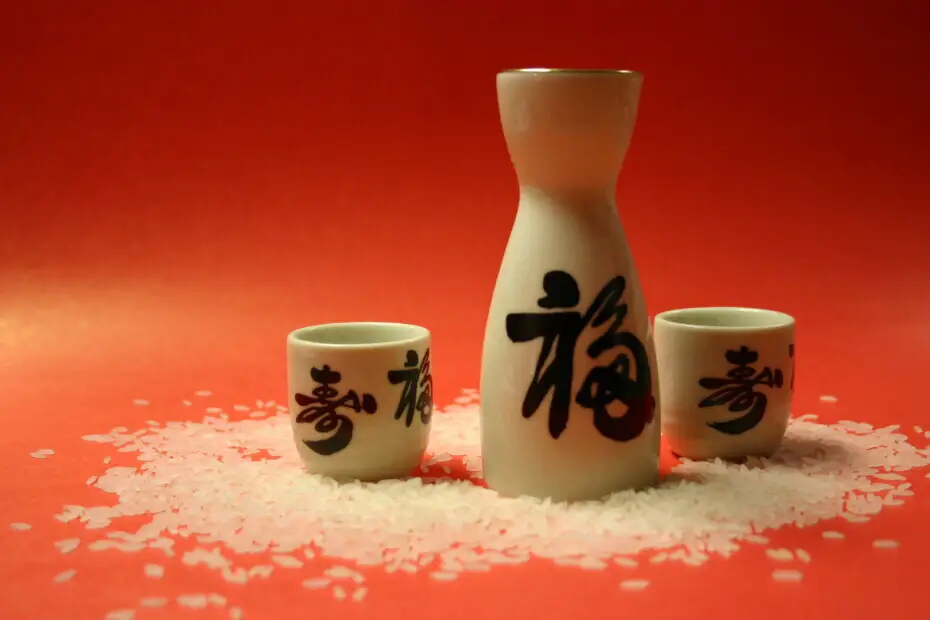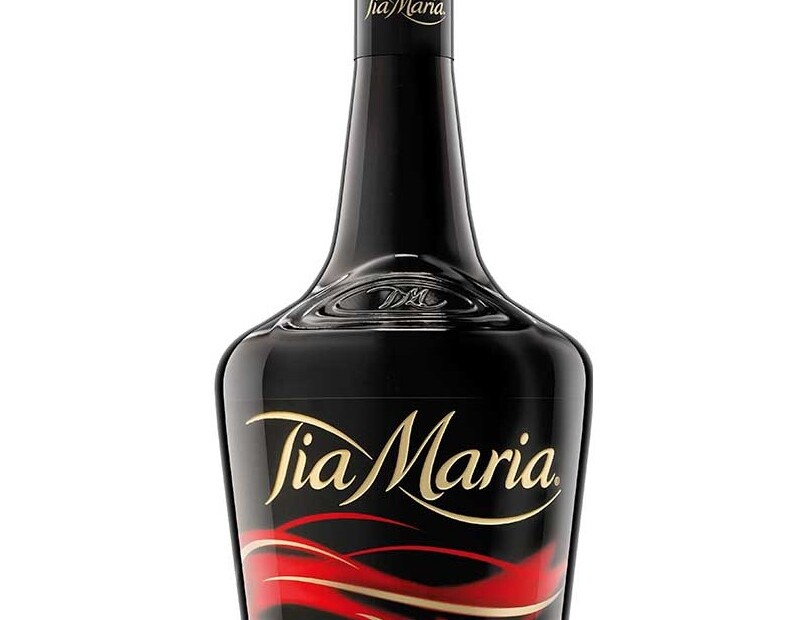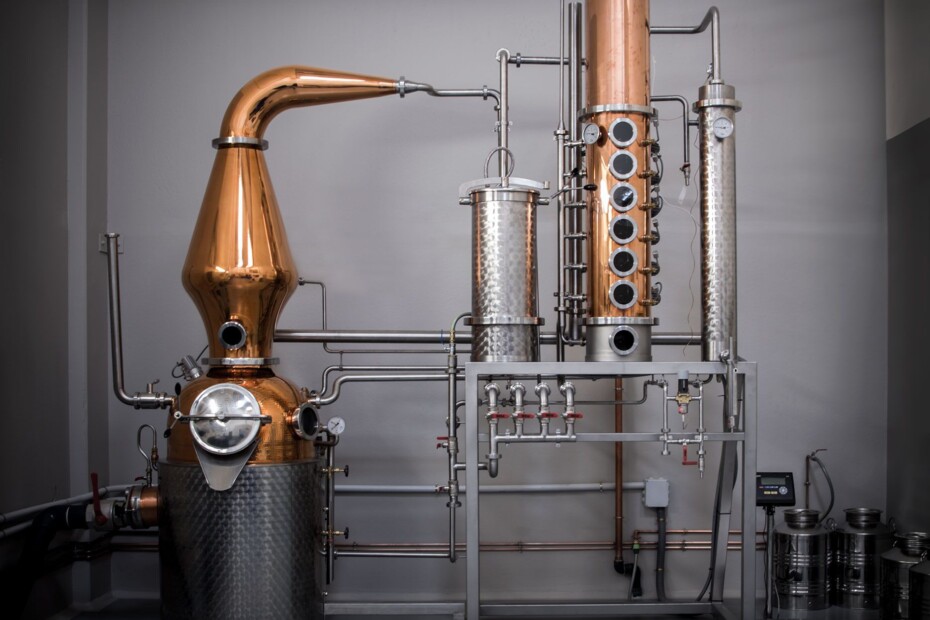do you want to know all about Rice Wine? Rice wine is an alcoholic beverage that comes from the fermentation of rice, and is very typical of Asian countries. The homemade rice wine is a drink that usually has health benefits, and is to tone up the body as well as prevent a number of problems related especially to the immune system and brain functions.
En esta nota, encontraras lo siguiente
How to make rice wine step by step
Rice wine is made with a two-step fermentation, first the conversion of starch into sugar and then the conversion of sugar into alcohol. Rice wine is not distilled so its alcohol content never exceeds 20%. 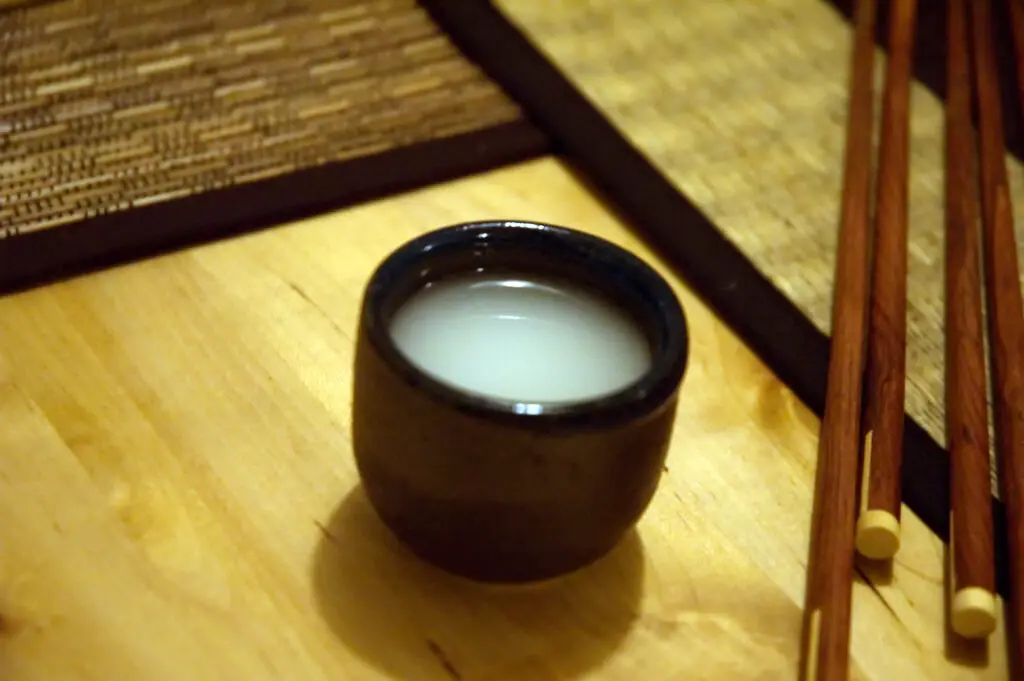
Cooking the rice
The first thing to do is to rinse the rice. To do this, it is placed in a measuring cup and placed under the water faucet and stirred several times until the water looks clear. Once the rice has been rinsed, it is soaked for one hour in hot water. Once the time has elapsed, the rice is strained and the water is removed to be able to cook it.
Place two cups of water in a steamer and let it boil, once the water begins to boil, place the rice in the upper compartment of the steamer and let it cook for approximately 25 minutes. When the time has elapsed, check that the rice has been cooked properly, for this you must have a product that is not hard or crunchy. Then place it on a baking sheet and spread it in a thin layer to cool it properly.
Fermenting the rice
In order to start the rice fermentation process you will need to crush the yeast ball to make wine using a mortar and pestle or the bottom of a large spoon, crushing the ball until it becomes a fine powder. Once the yeast is crushed you should sprinkle it evenly over the rice, stir it using your hands or a spoon to integrate and combine everything in the right way.
When the yeast and rice have been integrated, place in an airtight container, this will begin the process of storing and fermenting the rice. You should keep the container in a warm place, since it is just the heat that stimulates the fermentation process that will allow to obtain the homemade rice wine, for this you can use a heating pad or the oven at low heat between 38°C.
Straining the rice wine
After a month the rice wine will accumulate in the lower part of the container, and when you observe that it has accumulated you can proceed to taste it and if you want it to have a different flavor you should let it rest longer. When the rice wine appears at the bottom of the container, it tends to have a fruity and slightly spicy flavor, while if you let it ferment longer, it will become less effervescent and more sweet and homogeneous.
After a month, use a very fine strainer to strain the wine and collect the liquid in a jar or container, thus avoiding any excess rice grains or husks that may form in the fermentation vessel.
what is Chinese rice wine?
China makes fermented wines which are called huangjiu, and are obtained directly from grains such as rice or wheat, pasteurized, aged, and filtered before final bottling for sale to consumers. 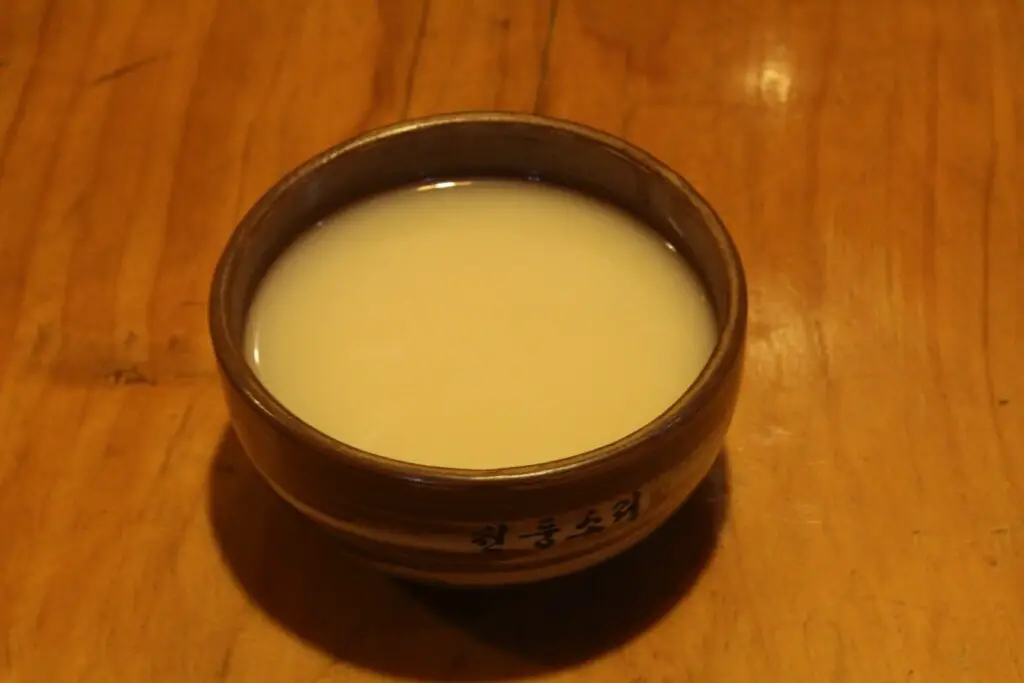 Chinese rice wine is characterized by a yellow color and an alcohol content of less than 20%, due to the inhibition of ethanol fermentation. The wines from the southern regions of China are made only with glutinous rice, from which the germ and its outer husk or bran are removed, then soaked and acidified with the help of lactic acid in the liquid where they are soaked.
Chinese rice wine is characterized by a yellow color and an alcohol content of less than 20%, due to the inhibition of ethanol fermentation. The wines from the southern regions of China are made only with glutinous rice, from which the germ and its outer husk or bran are removed, then soaked and acidified with the help of lactic acid in the liquid where they are soaked.
Water is an important factor in the preparation of Chinese rice wine, so they try to find the purest water directly from streams or springs and should have a low content of iron and sodium, with a higher content of magnesium and calcium ions.
Ferments for Chinese wines are cakes or pastes containing a complex mixture of various yeasts, molds, and bacteria, which inoculate the grains. The ferment converts the starches in the grains into sugars, and the sugars into ethanol.
how is Chinese rice wine made?
Chinese rice wine is made by preparing a starter paste which is made by soaking and acidifying glutinous rice along with other grains and steaming them in screens or grids for a few minutes. The grains are cooked and transform the starch into a gelatinous form that starts the initial ferment. The inoculation temperature is controlled as it modifies the taste of the wine.
what is Korean rice wine?
Korean rice wine, known as Makgeolli, is an alcoholic beverage made from a mixture of wheat and rice, which gives it a white color and a sweet taste, and is considered the oldest beverage in Korea. 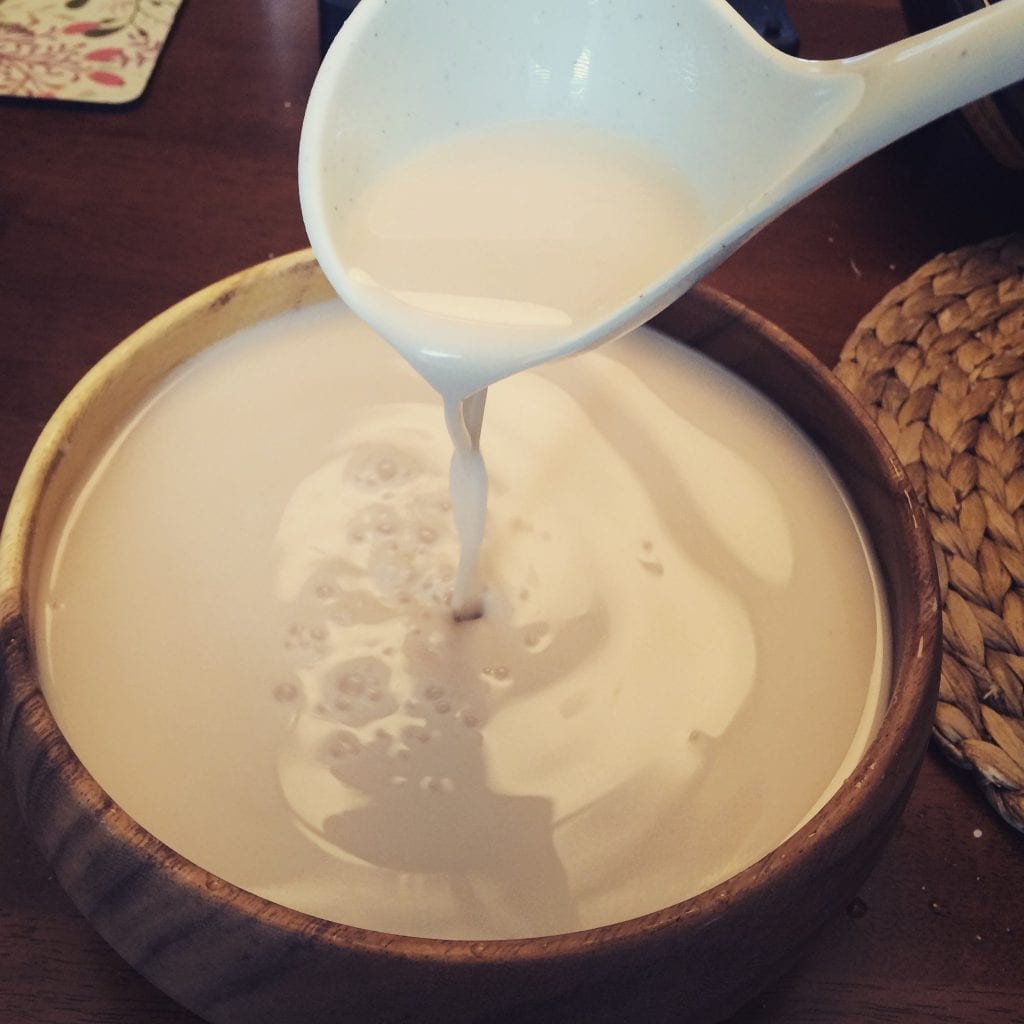
how is Korean rice wine made?
Korean rice wine is made with three main ingredients, which are water, rice and yeast. If more water is added during its preparation, the taste will be more sour, while if less water is added, the taste will be sweeter. The yeast used is known as nuruk, which serves as a particular fermentation starter that contains yeast and bacteria that decompose the rice to produce alcohol.
what is Sake rice wine?
Sake is not a rice wine, although many countries know it as tan, it is not originally a wine per se, sake is a rice distillate that is brewed in a similar way to beer, as it must be fermented with yeast and Koji. 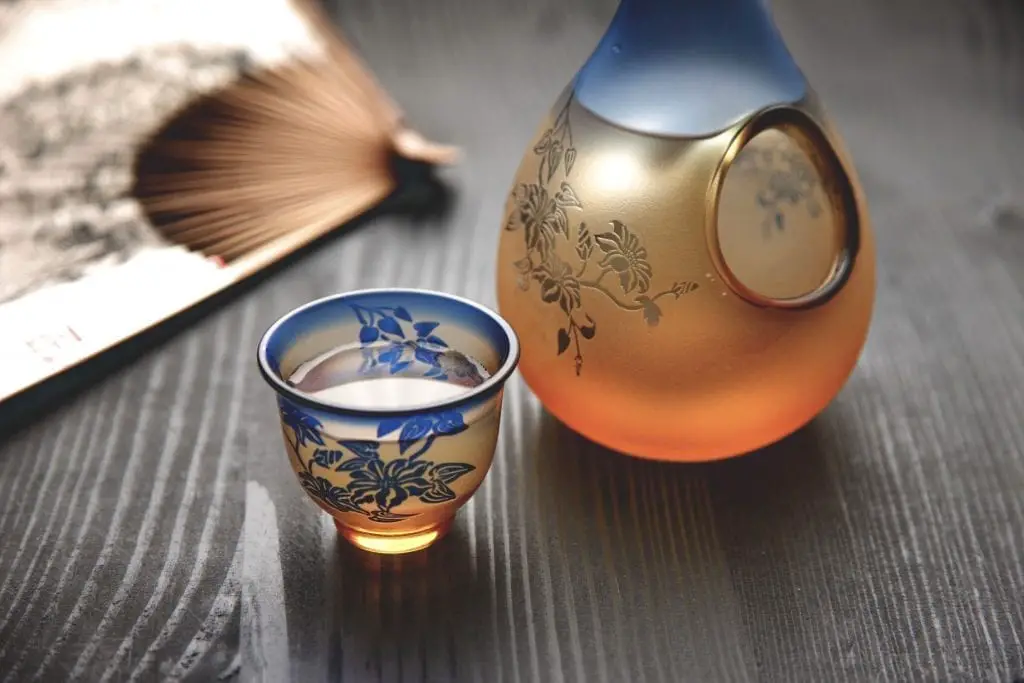
how is Sake brewed?
Sake is made with water and sakamai rice, a whiter and more opaque cereal with less dense starch in the center of the grain. The brewing process begins with the removal of the golden husk from the rice and the grain is scraped down to the center.
The rice is then washed with water and soaked for a while, then cooked and left to cool. Part of the rice is used to make koji, a rice malt from which the enzyme needed to obtain sugar is extracted.
The koji transforms the rice starch into sugar and the yeast ferments the alcohol, then the substance obtained is filtered, left to settle to eliminate the lees and heated to 60°C to eliminate the bacteria. Once this process is completed, it is left to settle in tanks for a period of time before being bottled.

